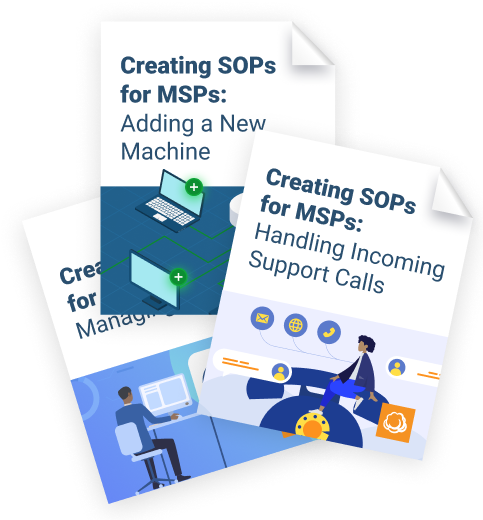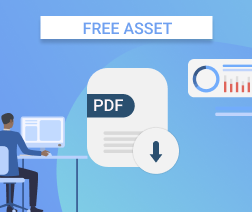Companies of all types and sizes are leveraging multiple technology based tools to optimize their business workflows. This means that managed services providers (MSPs), those that play a critical role in supporting these technologies, are also more in demand than ever before.
With this in mind, it’s critical for MSP business owners to ensure they’re taking the necessary measures to maximize efficiencies and support their employees with the right technology and tools. Automation is one tool that has incredible potential to help MSPs maximize their efficiency and consistency in supporting clients, especially when it comes to mundane and repetitive tasks.
By leveraging automation, MSPs can make the most of their internal teams by taking time-consuming and repetitive tasks and turning them into automated workflows. This allows these employees to shift their time from repeating the same tasks over and over again to more strategic efforts for clients, leading to higher customer satisfaction. Automation can further ensure that these tasks are completed with greater speed, consistency, and standardization.
Opportunities for automation across the MSP business
There are several common use cases for automation across the MSP business. For instance, many MSPs leverage automation for help desk tasks, allowing them to automatically route new tickets to the appropriate employees and even remediating issues automatically without the need for human intervention at all. This allows an MSP to more quickly respond to any issues that a client might have, as well as automate responses to repetitive issues that take away from employee time spent on more critical, strategic projects.
Further reading Why Automation Is Important for MSPs in 2024

Many MSPs are also looking at automation to support critical cybersecurity needs, something that is more important than ever thanks to rising cybersecurity attacks. Automation can help support critical tasks like patch management, as well as remote monitoring and management of client devices. Both are incredibly time-consuming tasks when performed manually and must be done on a continuous basis to ensure that MSPs are helping their clients limit their cyber risk.
Further reading How to Choose Patch Management Tools for Your Organization
MSPs can also leverage automation for more business-focused tasks, such as billing and quotation. Instead of manually creating quotes for new clients and billing current clients for their services, an MSP can leverage an automated quotation generation system. This allows for an MSP to more easily account for various pricing models, as well as prevent any errors that might arise from a complicated bill.
Further reading Software for MSP Finance and Accounting Management
Getting started with automation is easier than ever
Thankfully, leveraging automation is easier than ever before for MSPs. While in the past it may have required significant expertise and time to set up automated workflows, there are now tools like remote monitoring and management (RMM) and professional services automation (PSA) that make it easier than ever to easily implement and incorporate automation in their day-to-day tasks. APIs, scripts, and cloud-based tools can further help, as well.
A win-win for clients and the MSP business
Leveraging automation can allow an MSP to better support their client needs, but it can also help drive growth across the business and encourage better cost alignment to revenue. Not only can automation help an MSP support more clients than before, but it also allows them to shift precious employee resources towards more strategic, value-added efforts for clients that can demand higher fees. The result is lower costs, with the potential for significant revenue growth for the MSP business.
The risk of not leveraging automation for these tools can be significant. Manual efforts can lead to poor tracking of support requests, poor documentation, and difficult prioritization of tasks, imperfect quotation processes, ineffective patch management, and more. It can also lead to ineffective communication between the MSP and their clients, as well as trouble generating and reporting performance. These are all factors that can lead to poor client satisfaction — something no MSP wants.
Ensure consistent and timely delivery of services. Get 3 free SOPs which you can edit, share, and use in your own MSP:
- Adding a new machine to the client's infrastructure
- Handling incoming support calls
- Managing MSP projects



About the author
Kurt Abrahams is the Vice President of Marketing at MSP360 with expertise in technology marketing, cybersecurity and AI based technology.







